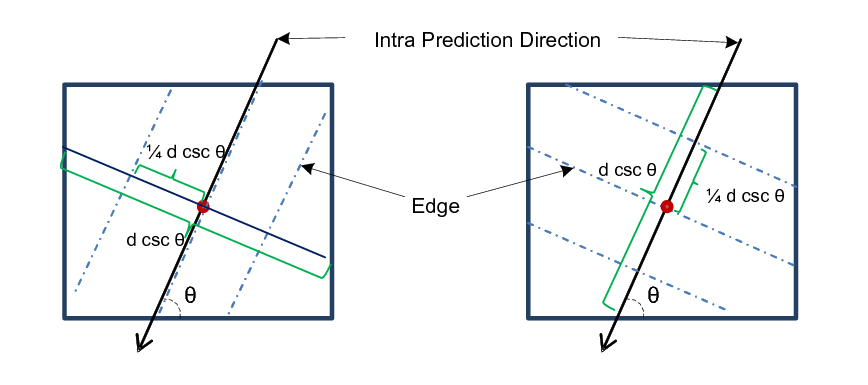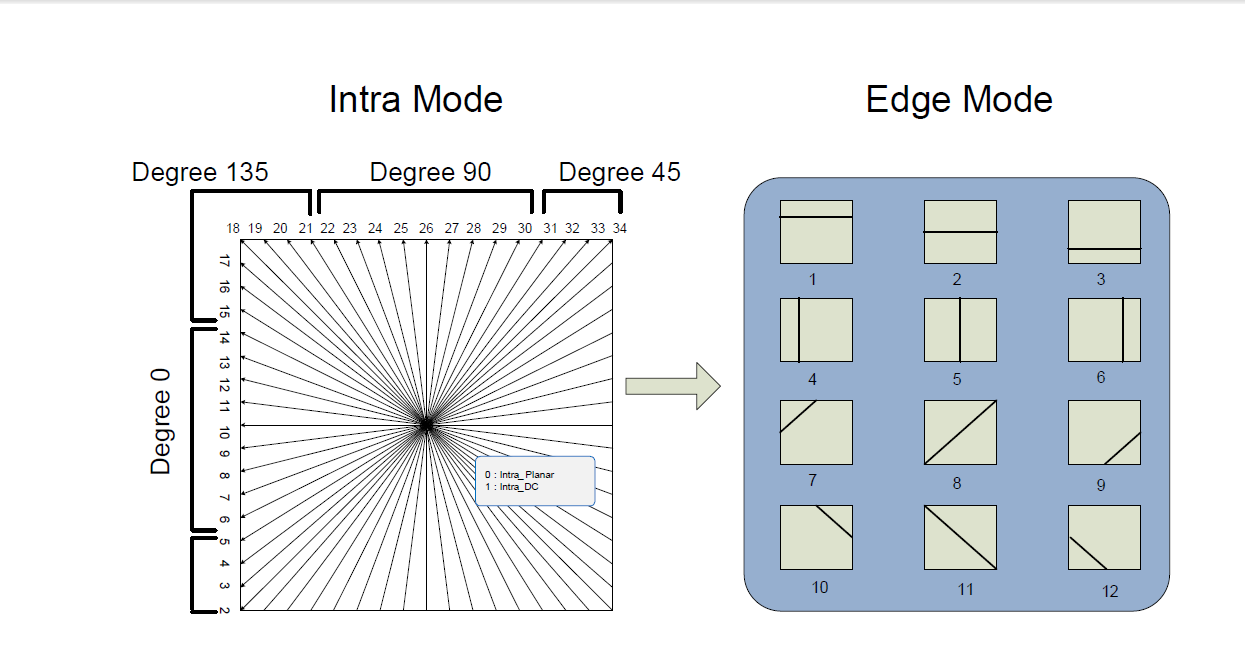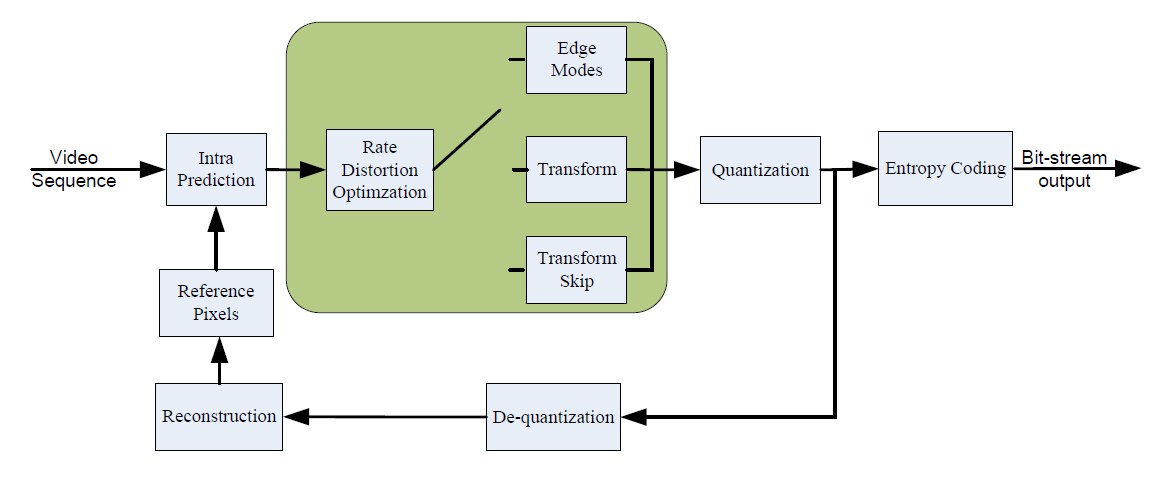Author: Sudeng Hu and C.-C. Jay Kuo
Research Problem
Due to rapidly growing video applications in areas such as wireless display and cloud computing , screen content coding has received much interest from academia and industry in recent years .. The High Efficiency Video Coding (HEVC) standard has achieved significant improvement in coding efficiency as compared with the state-of-the-art H.264/AVC standard. However, HEVC has been designed mainly for natural video captured by cameras. Screen content images and video, also known as compound images, hybrid images, and mixed-raster content material, typically contains computer-generated content such as text and graphics, sometimes in combination with natural or camera-captured material. Since the properties of screen content are quite different from those of natural content, and HEVC currently does not exploit these properties, there is still room for improvement in coding efficiency.
Main Ideas
For screen content, it is our observation that directly encoding residual signals in the spatial domain may not be efficient enough. This is because, except for the edge, the remaining areas are still smooth and can be coded more effectively with a transform. In this paper, we propose a new scheme, called Edge Mode (EM), to encode these kinds of blocks. Based on the intra prediction direction, six possible edge positions inside a block are defined, and one of them will be selected via rate-distortion (RD) optimization. To reduce the encoding complexity, the proposed scheme can be further simplified by classifying intra modes into four categories. Then, MXN 2D DCT transforms or non-orthogonal 2D transforms are performed separately in sub-blocks. Finally, the new edge mode is integrated into HEVC to result in a more powerful coding scheme.
Demo and Simulation Results



References
- [1] Sudeng Hu, Lei Deng, and C.-C. Jay Kuo “A New Distortion/Content-Dependent Video Quality Index (DCVQI),” Proc. IEEE PCS 13, accepted.
- [2] Yun Zhang, Sam Kwong, Long Xu, Sudeng Hu, Gangyi Jiang, and C.-C. Jay Kuo, “View Synthesis Distortion Model Based Regional Bit Allocation and Rate Distortion Optimization for Multiview Depth Video Coding,” IEEE Trans. Image Processing, , accepted.
- [3] Sudeng Hu, Robert Cohen, Anthony Vetro, and C.-C. Jay Kuo, “Screen Content Coding for HEVC using Edge Modes,” in Proc. IEEE ICASSP’13, accepted.
- [4] Sudeng Hu, Sam Kwong, Yun Zhang and C.-C. Jay Kuo, “Optimized Rate Control for 3D Video Coding,” IEEE Trans. Image Processing, vol 22, no. 2, pp. 585-594, Feb. 2013.
- [5] Sudeng Hu, Hanli Wang and Sam Kwong, “Adaptive Quantization Parameter Clip Scheme for Smooth Quality in H.264/AVC,” IEEE Trans. Image Processing, vol 21, no. 4, pp. 1911- 1919, Apr. 2012.
- [6] Sudeng Hu, Hanli Wang, Sam Kwong and C.-C. Jay Kuo, “Novel Rate-Quantization Model based Rate Control with Adaptive Initialization for Spatial Scalable Video Coding,” IEEE Trans. Industrial Electronics, vol. 59, no. 3, pp 1673-1684, Mar. 2012.
- [7] Sudeng Hu, Hanli Wang, Sam Kwong, Tiesong Zhao, and C.-C. Jay Kuo, “Rate Control Optimization for Temporal-Layer Scalable Video Coding,” IEEE Trans. Circuits Syst. Video Technol., vol. 21, no. 8, pp. 1152-1162, Aug. 2011.
- [8] Tiesong Zhao, Hanli Wang, Sam Kwong and Sudeng Hu, “Probability-based Coding Mode Prediction For H.264/AVC,” in Proc. IEEE ICIP’10, pp. 3389-3392, Sept. 2010.
- [9] Sudeng Hu, Tiesong Zhao, Hanli Wang, and Sam Kwong, “Fast Inter-mode Decision Based On Rate-Distortion Cost Characteristics,” in Proc. PCM’10, pp. 145-155, Sept. 2010.
- [10] Sudeng Hu, Hanli Wang, Sam Kwong, and Tiesong Zhao, “Frame Level Rate Control for H.264 with Novel Rate-Quantization Model,” in Proc. IEEE ICME’10, pp. 226-231, July, 2010.

